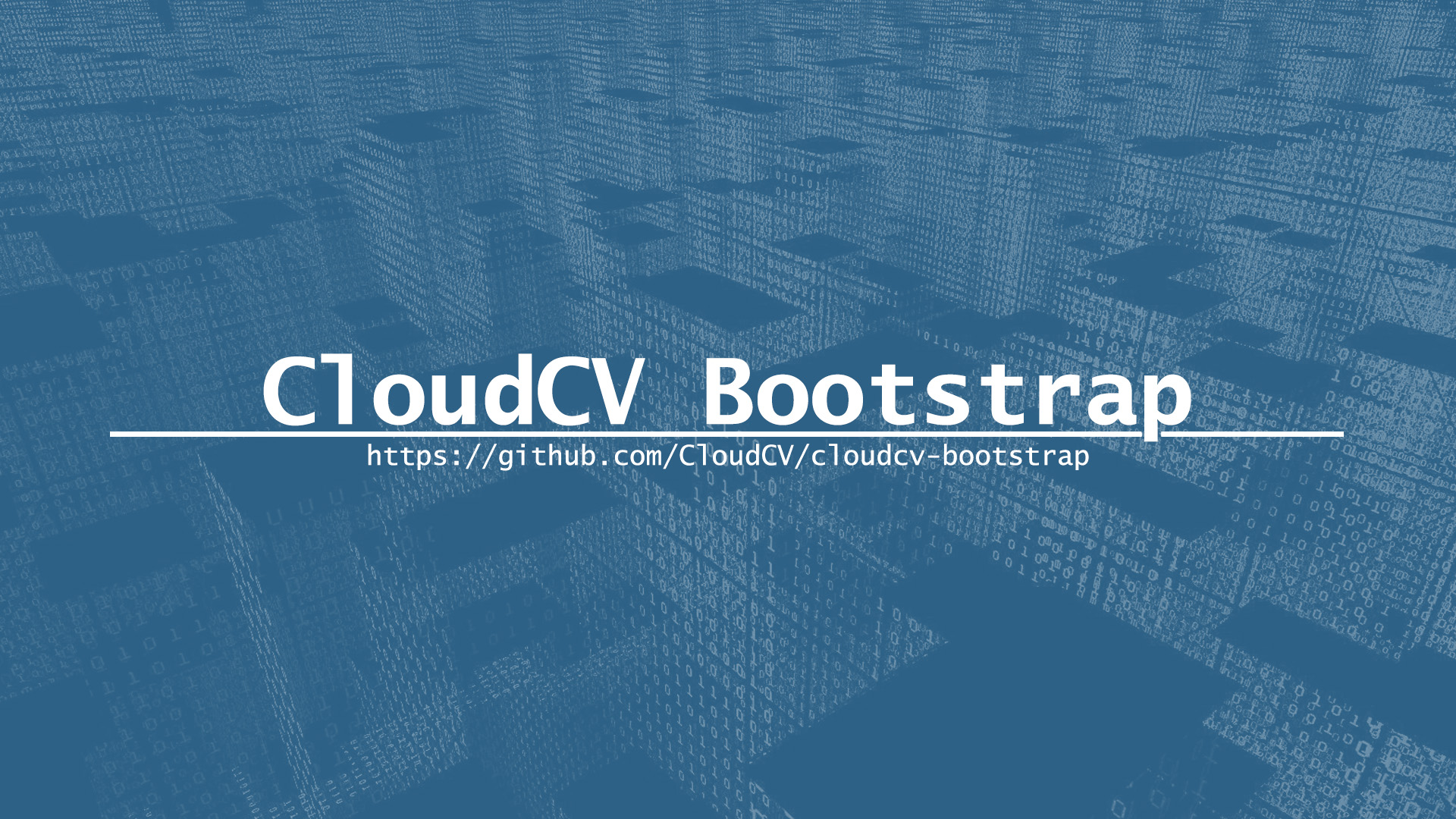xView3: How I solved dark vessels detection problem and secured the first place
A story about me competing against top-performing individuals and teams from domain-expert businesses, crunching 2.5Tb of dataset, figuring out how to deal with label noise, changing competition metric, and finally, winning.

